Poetics of Empathy
The House is Black
Set in an Iranian leper colony, Forugh Farrokhzad’s The House is Black paints an intimate portrayal of human existence under the weight of marginalisation.
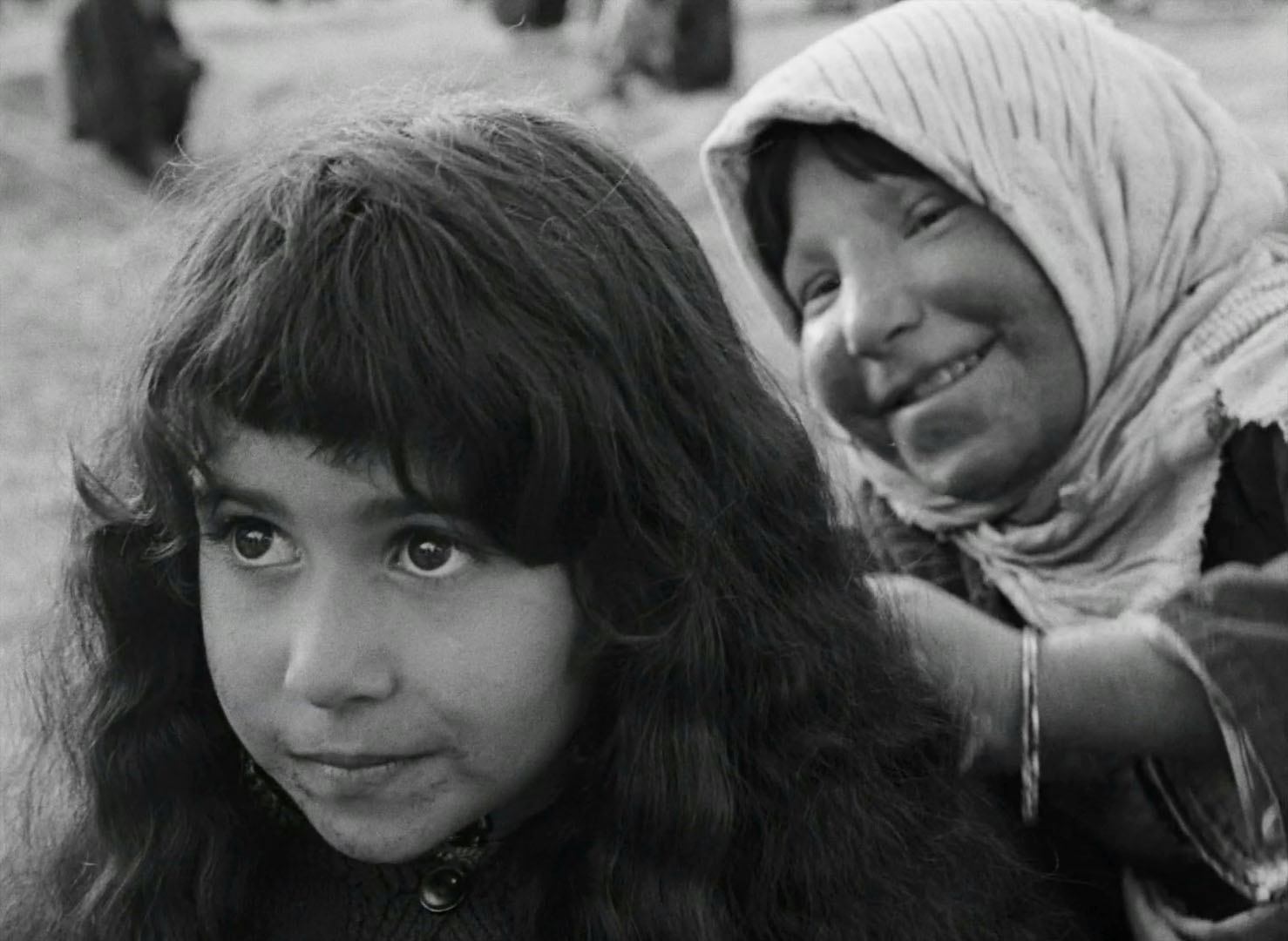
What makes life worth living? Is it the sense of safety we find in a secure home, the comfort of family, or the fulfillment of a rewarding career? A simple answer to this complex question might be encapsulated in the phrase, “anything, as long as you’re healthy,” because one’s health is essential. Health is a prerequisite for contentment, suggesting that when all else falls apart, we can rely on our bodily integrity in order to navigate life’s challenges.
But what if health is not a given? What about those whose lives are marked by illness and pain? In her 1963 documentary, The House is Black, Iranian poet and filmmaker Forugh Farrokhzad turns the camera on the daily realities of disease. Set in an Iranian leper colony, the film pairs uncompromising footage with lyrical narration: close-ups capture the scarred hands, transfigured faces, and stumped limbs of children, adults, and elders alike. Through these images, Farrokhzad’s short crafts an intimate portrayal of human existence under the weight of suffering and marginalisation.
The filmmaker gently yet gravely compels us to question how we measure the meaning of life when health is no longer guaranteed. This question underpins The House is Black. Rather than sentimentalising suffering or distancing us from its subjects, the film reveals the multifaceted human experience of those often defined solely by the stigma of their disease. The camera often lingers on full-frontal shots of the changing bodies of the residents—showing the physical transformations that mark their affliction. These unflinching close-ups are stark and confrontational, challenging us to reckon with the visible toll of leprosy on the human body. Additionally, the film juxtaposes these images with scenes of lightness and joy: laughter shared among the residents, children’s playful antics, and the familiar warmth of daily rituals. These tender moments reveal the richness of the residents’ lives, pushing beyond the lens of suffering to show that life, with all its complexities, endures despite vulnerability, pain, and stigma.
The narration plays a crucial role in deepening the film’s affective resonance. Constructed as a collage of Farrokzhad’s poetry, verses from the Quran, and factual interjections delivered by a second speaker, the voice-over develops its own rhythm, shaped by the interplay of voices and shifting emotional tones. In one particularly poignant moment, the poetic narrator (the filmmaker herself) reflects that if she “were a dove”, she would seek refuge in the desert, having “seen misery and wickedness on earth”. The metaphorical desert is already established in the film as the colony’s setting, creating a link between the spoken word and the visual landscape. Through this connection, the residents become associated with the dove, a symbol of peace and freedom.
This suggests that, like the dove, they actively choose the desert as a refuge. Not merely because they are exiled but because they seek freedom from the “wickedness” they have encountered. In this moment, the narrator’s voice shifts, momentarily adopting the residents’ perspective. In doing so, the film transitions the narrative focus from passive victimhood to active resistance. Rather than being passive outcasts, the residents are represented as individuals who seek “refuge” from cruelty. Their choice to find solace among others who understand and accept them becomes a profound act of resilience—a quiet defiance against social rejection affirming their humanity and agency.
Notably, The House is Black does not offer a simplistic message that “love conquers all”. Its strength lies in its polyphony of voices, images, and sounds. Farrokhzad crafts a dynamic and textured narrative. For instance, the film captures a man pacing back and forth along a wall as the speaker, as if in a trance, chants the days of the week and the months of the year, evoking a sense of monotony and endurance. Elsewhere, a boy earnestly recites a prayer of gratitude: “I thank you for giving me hands to work with,” while his own hands are visibly affected by the disease. While the poem mourns that “[a]round me, the song of happiness, the sound of the windmill, and the brightness of the lights are destroyed,” the visuals respond with resolute defiance: residents working together, trimming beards, playing instruments, and sharing fleeting moments of joy. These images push back against despair, suggesting that hardship, while profound, does not define their entire experience.
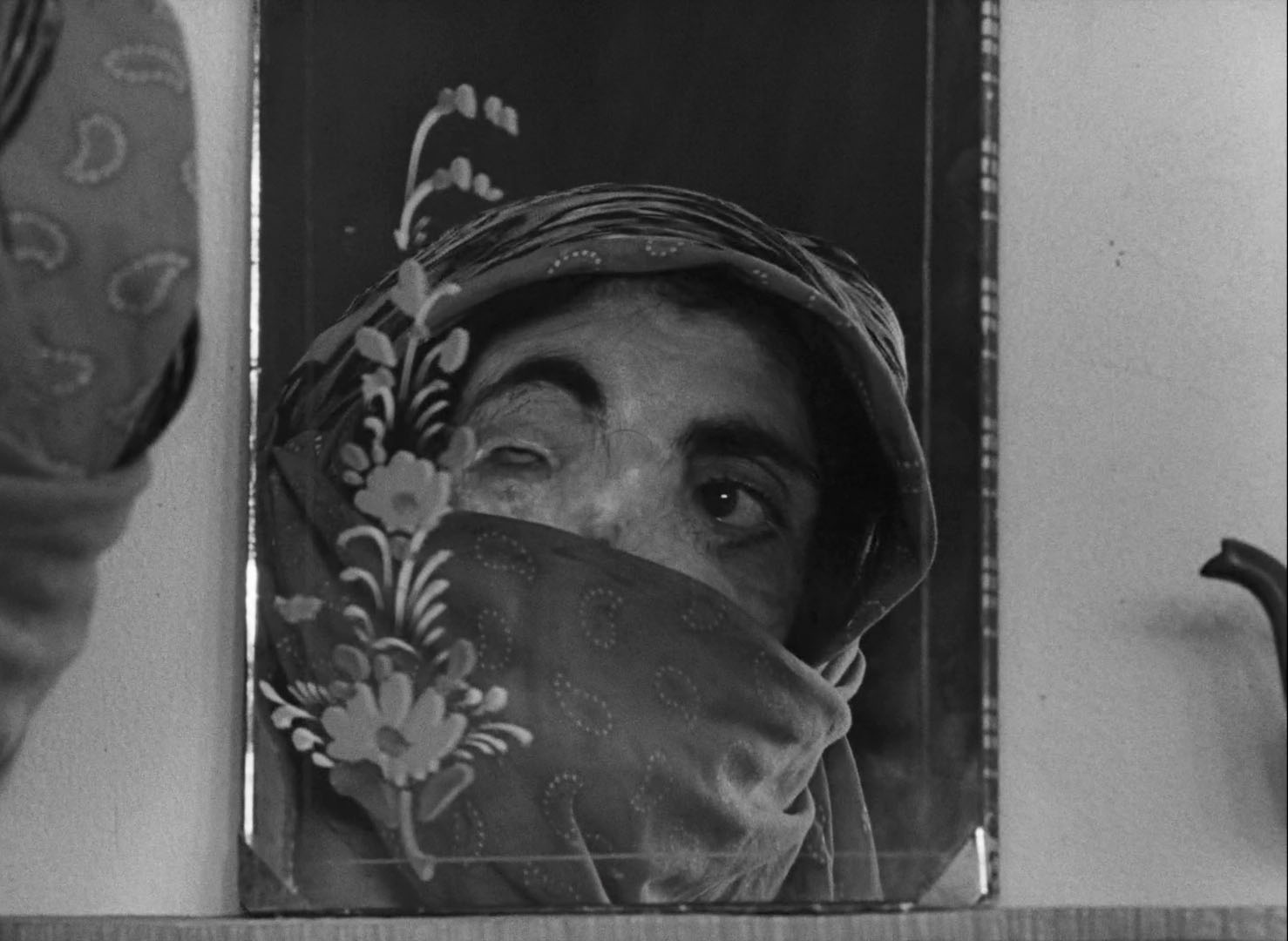
The House is Black (Forugh Farrokhzad,1963)
The film’s sonic landscape intertwines with this emotional tension. The cawing of ravens and the hooting of owls—creatures of the night—do not aim for realism; instead, they amplify the somber tone of the poem. It becomes clear that the layers of the film are not intended to be direct translations of one another. Paired with an editing style that moves between repetition, stillness, and moments of rapid, jarring cuts, the film avoids settling into a single rhythm or a fixed meaning. Instead, it offers a constantly evolving perspective that mirrors the complexity of the lives depicted on screen.
As the narration continues, a man’s voice asserts, “Leprosy is not incurable”. This simple statement becomes a powerful indictment of neglect, pointing the finger at societal indifference. It suggests that the real failure lies not in the existence of illness but in how we respond to it. If people are abandoned to live unseen, stripped of a sense of belonging and care, society bears the weight of wickedness. Health, we learn, isn’t everything if it comes at the cost of empathy. The phrase, “Leprosy is not incurable,” haunts the film well after being uttered. It carries a broader implication: many of our social and emotional ills could be remedied if only we confronted them with empathy. Yet, we often choose to turn away, allowing suffering to fester in the shadows.
While it is easy to look away, The House is Black offers a different response. As the film draws to a close, the phrase “Oh, overrunning river driven by the force of love. Flow to us, flow to us” serves as an invitation, a gentle plea for what we so often yearn for but rarely give freely: love. This starkly contrasts the film’s opening statement, which reminds us that there is “no shortage of ugliness in the world”. Yet, the film suggests, there is no shortage of love, either. It is “overrunning”.
The urgency with which Farrokhzad imbues this line speaks not only to our need for empathy and compassion but to their essential place in our humanity. These virtues are not abstract ideals; they are rooted in our shared vulnerability, the very condition that connects us all. Our bodies, bound by their fragility, depend on the love and care of others for survival. Through its interwoven layers—poetry, imagery, sound, and editing—the film crafts an experience that is as raw as it is tender, responding to human suffering while simultaneously affirming our capacity to care. In this light, The House is Black becomes a testament to a timeless truth. What makes us human is our commitment to care for one another, embrace our vulnerability, and respond with compassion to the sight of suffering.

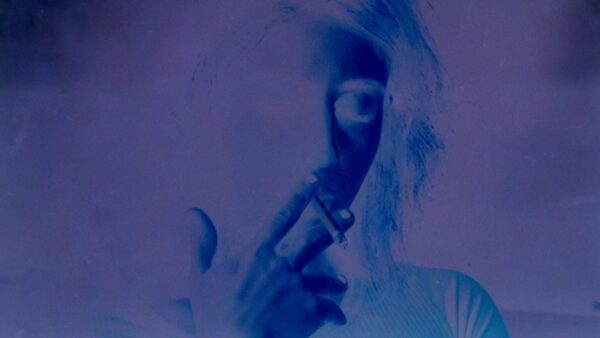
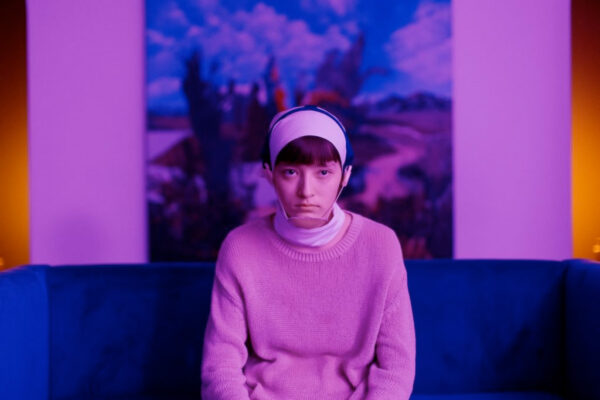
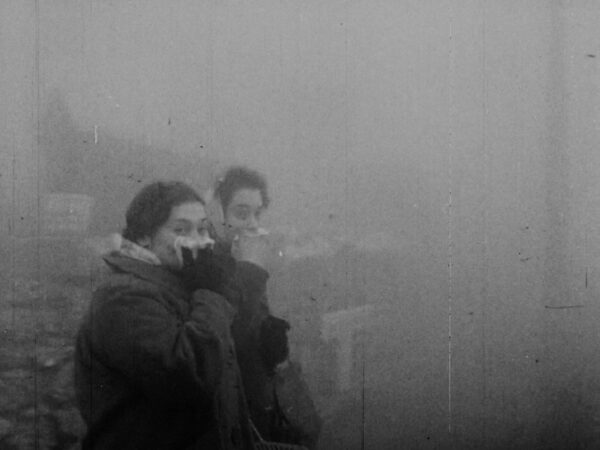
There are no comments yet, be the first!